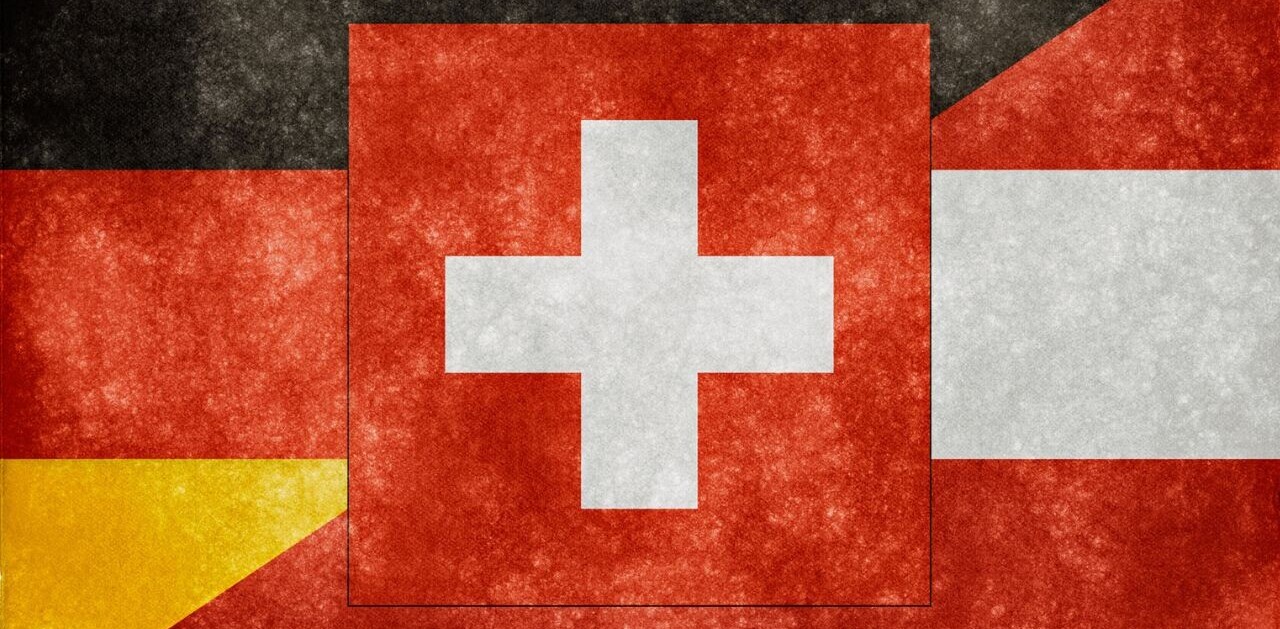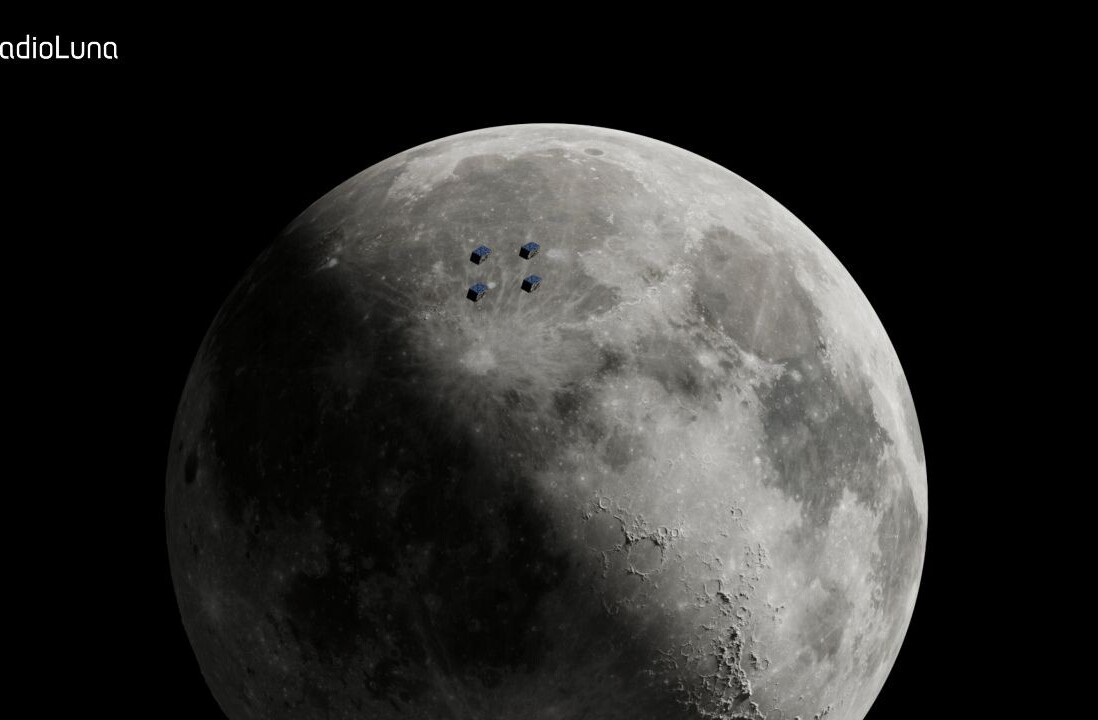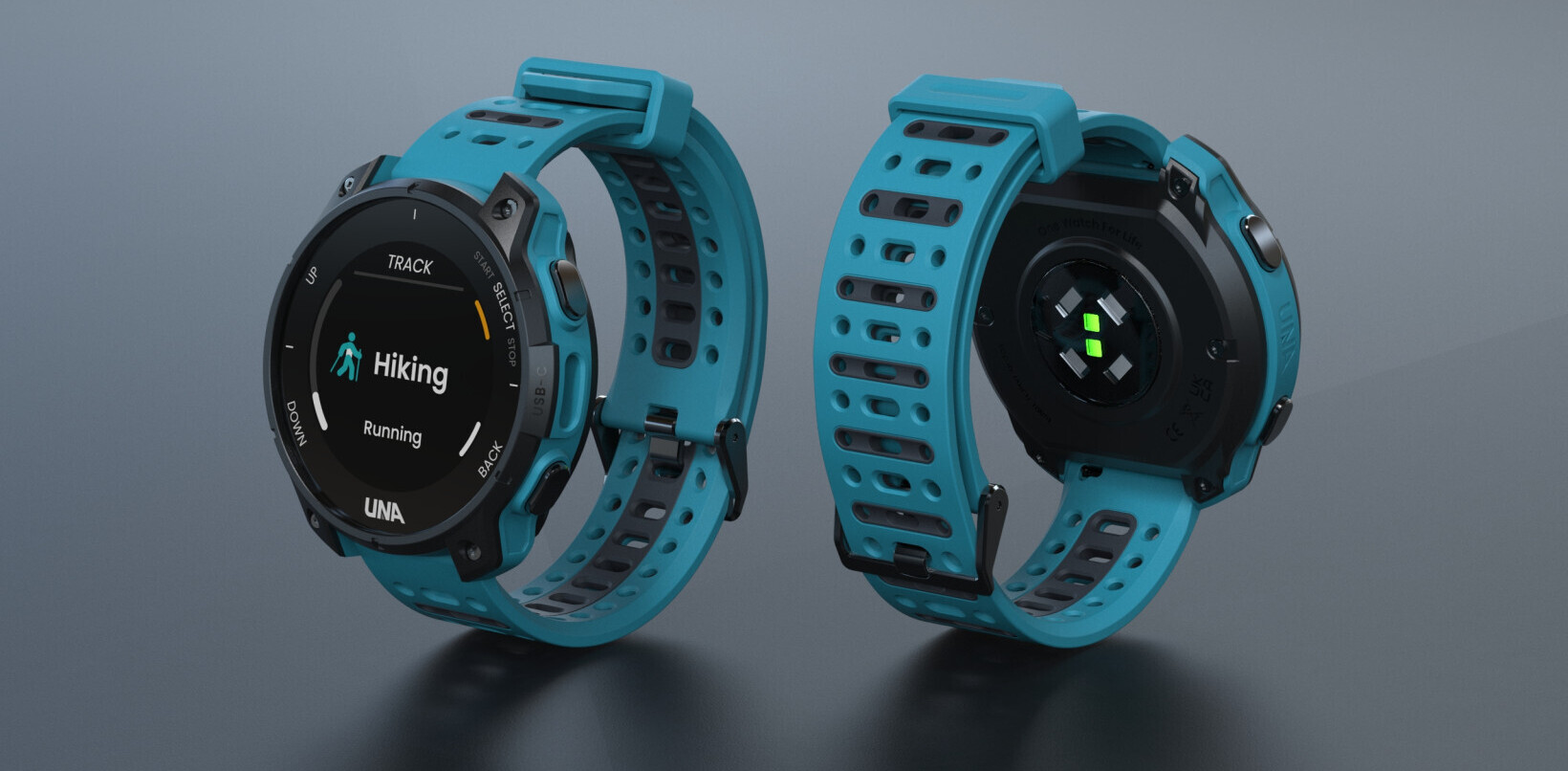
It used to be that the number one way for brands to garner customer loyalty was with discount codes and special offers. Generally speaking, the more customers spent at a retailer or e-commerce brand, the more rewards they could get.
While rewards programs that offer perks such as free items or cash back can be effective, it seems that almost every retailer has adopted this type of loyalty program in one form or another. This means that these loyalty programs start to blur together in the eyes of the customer.
Today’s consumers expect more from brands. Rather than trying to be everything to everybody, they expect brands to build an identity that appeals to the specific values and interests of niche groups.
When it comes to rewards programs, the most successful brands aren’t just offering discounts and coupons, they are also offering experiential rewards that create a sense of community amongst customers.
Why you can’t buy today’s customers
Using discounts and special offers to build a loyal customer base can be a double-edged sword for brands. While such programs can encourage repeat purchases and increase the lifetime value per customer, they can also result in unexpected setbacks.
According to research by Thomas S. Robertson and Paula Courtney of the University of Pennsylvania and WisePlum:
When loyal members encounter service failures—shipping issues, problems with returns, stockouts, and the like—they get more upset than customers who are not members of the program. Because they shop the brand more frequently than nonmembers do, they experience such problems more often; and the pandemic-fueled increase in online shopping, where service failures are more prevalent, has compounded the problem to the point where loyalty programs are causing significant damage.
A poor service experience cannot be compensated for with a discount or coupon. Loyalty program members have high expectations, which can make any disruptions or setbacks more frustrating than they would otherwise be.
Customers that are just sticking with you for the discounts aren’t loyal customers, they’re repeat customers. The difference is that loyal customers won’t ditch your brand after an inevitable delay or check-out glitch occurs.
By definition, loyalty is about having a non-transactional allegiance with a person or cause. But just how can you build that kind of true customer loyalty?
Develop a strong brand identity
Many of today’s most successful companies seek to create a sense of community around their brand. But to do this, you need to define ‘who’ your brand is. Rather than looking at your brand like a thing, treat it like a character in a novel.
Just like each person has multiple aspects of their personalities, brands will often draw from two or three archetypes to define their unique identity. In marketing, there are 12 brand archetypes: Innocent, Sage, Explorer, Outlaw, Magician, Hero, Lover, Jester, Everyman, Caregiver, Ruler, and Creator.
For example, the Sage archetype is linked with having an understanding of the world and a desire to share knowledge with others. As such, this archetype is often used by news outlets, universities and even Google. Alternatively, the Outlaw archetype is viewed as an agent of change that isn’t afraid to break free of conventions or fight authority — think brands like Virgin or Harley-Davidson.
When building a strong brand identity, companies should look at themselves — and their target audience — in view of these archetypes. Determining where they fit in is key to forming an appealing persona that will guide the brand voice and other elements that help foster a sense of community.
Put it into practice
Once you’ve developed a strong brand identity, you need to use it to personalize each aspect of your customer journey, from the way you market your brand to the way you handle shipping and returns.
One key way you can express your brand identity is through the type of rewards program you put in place. Instead of offering your regular customers a coupon for 20% off their next purchase, offer them a unique experience based on your brand persona.
According to no-code embedded finance tool, Hydrogen, unlike transactional rewards, experiential rewards can be, “exclusive access to events or products, personalized items, or special outings.”
With multiple control criteria, Hydrogen allows businesses to create rewards programs that go beyond simple discounts, allowing program members to use their reward points toward activities as diverse as attending their favorite band’s concert to winning a once in a lifetime travel experience.
For example, if you’re an athleisure brand, rather than offering a summer discount, why not offer free sessions at a local yoga studio? Restaurant owners could give loyal customers the opportunity to try a new menu item before it gets placed on the public menu. A travel company could offer a giveaway to a customer’s dream destination.
The point is to think about your brand identity and values. What type of reward would fit your brand’s character, and in turn your target customers?
Experiences are far more memorable — and more valued — than a discount. In fact, research from Eventbrite found that among millennials, 78% say they would rather spend their money on experiences than products. Experiences feel more personal, and presenting multiple reward options that customers can choose from will help them feel empowered by the loyalty program.
Perhaps most importantly, experiential rewards are inherently social and shareable. When customers are given the opportunity to attend an exclusive product launch, they’re going to share that experience online with friends and family — something that can help attract new customers. Interacting with other like-minded rewards members can further strengthen a sense of community around the brand. Positive experiences associated with the brand make it an integrated part of their lives, encouraging lasting loyalty.
Experiential rewards can create this same sense of community among your like-minded customer base. As you come to better understand the values and interests of your target audience, you can reward them with meaningful experiences that will be far more memorable than just another discount.
Get the TNW newsletter
Get the most important tech news in your inbox each week.






